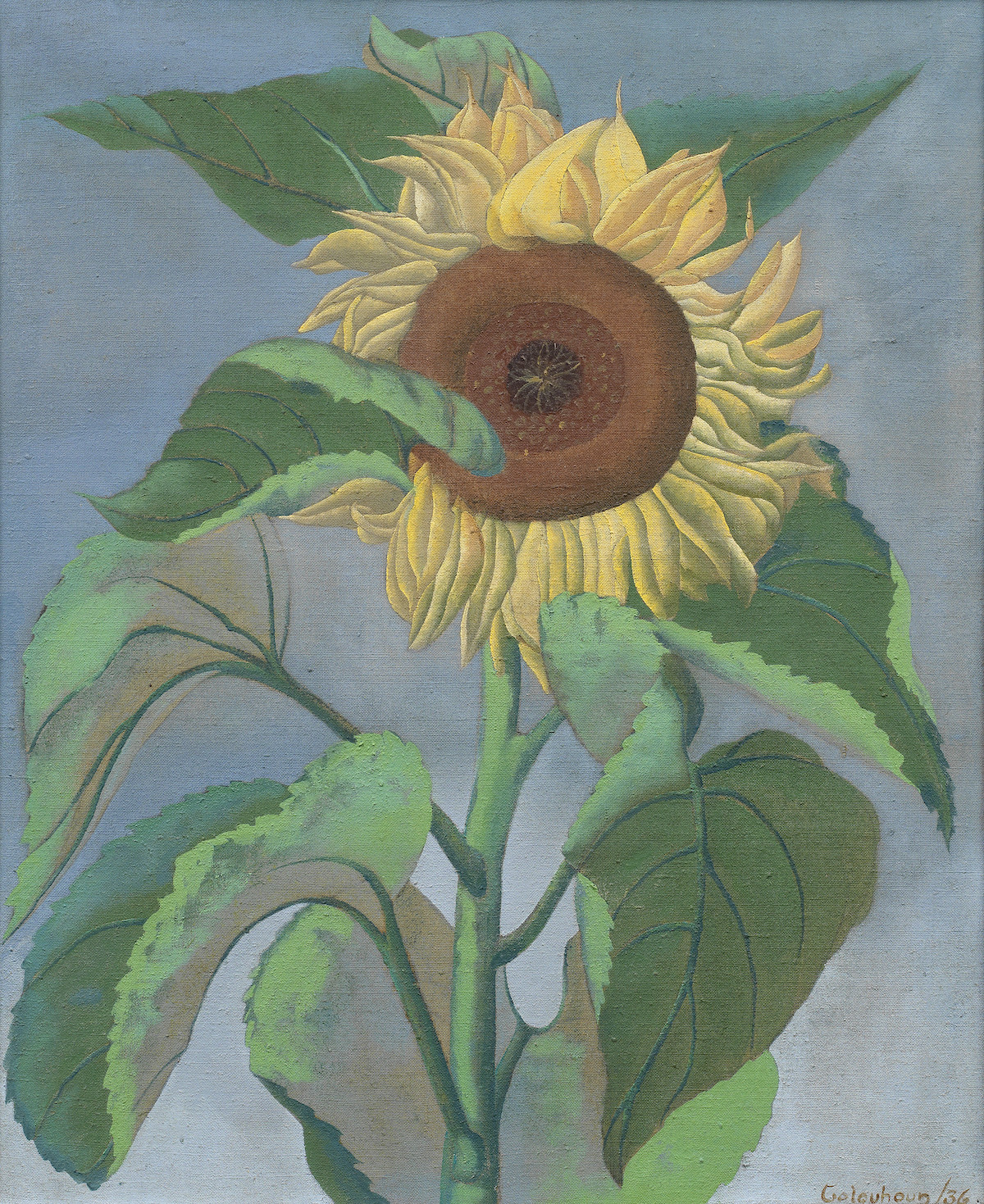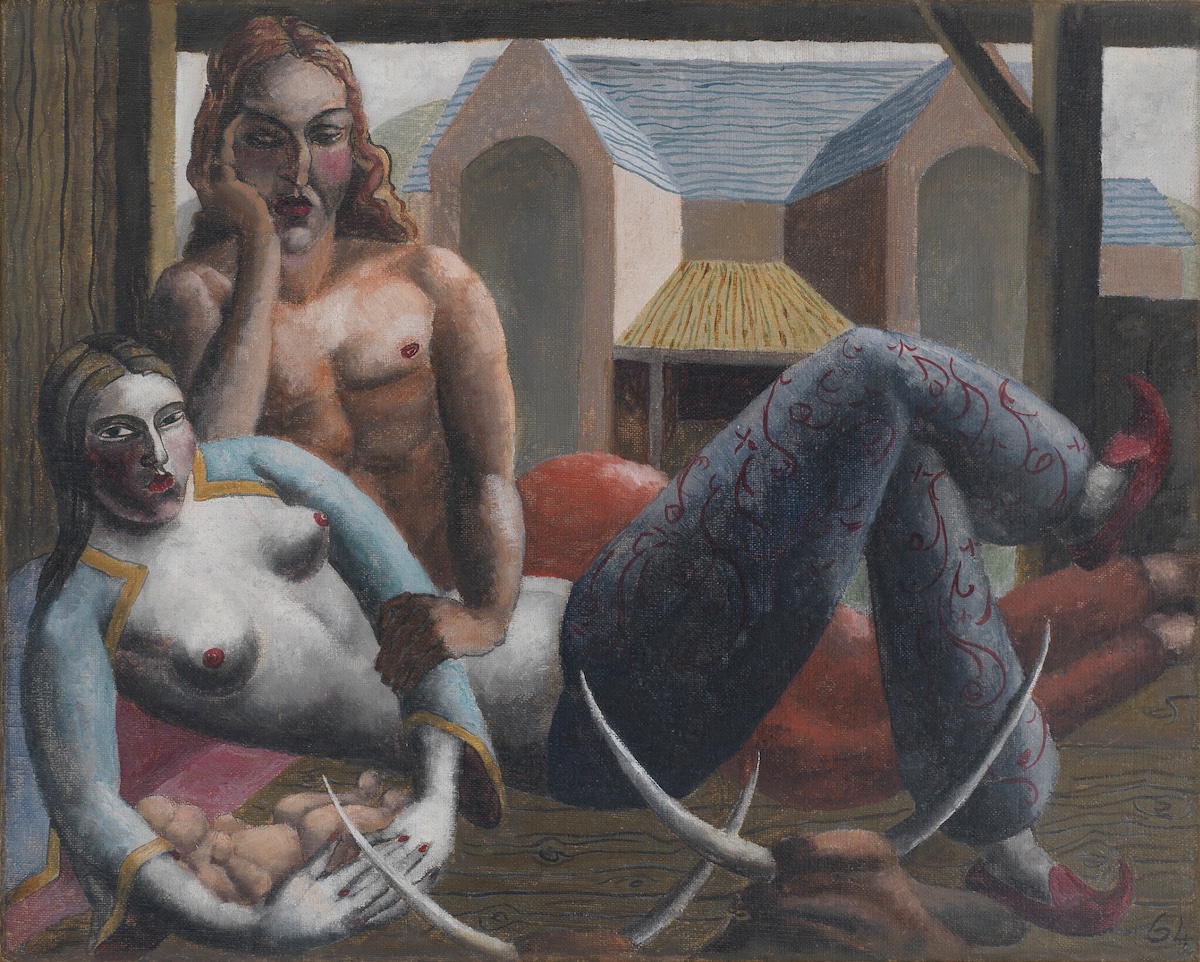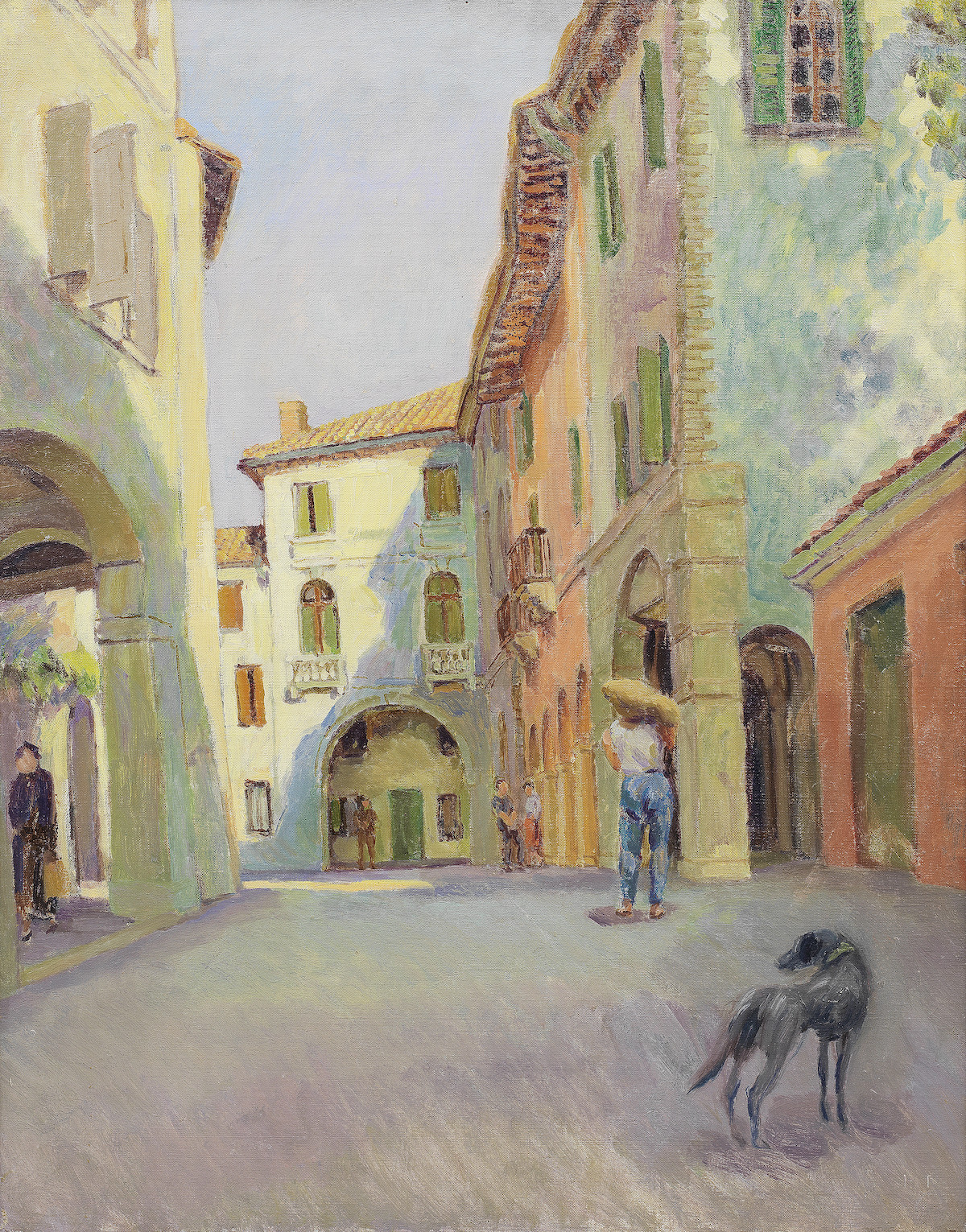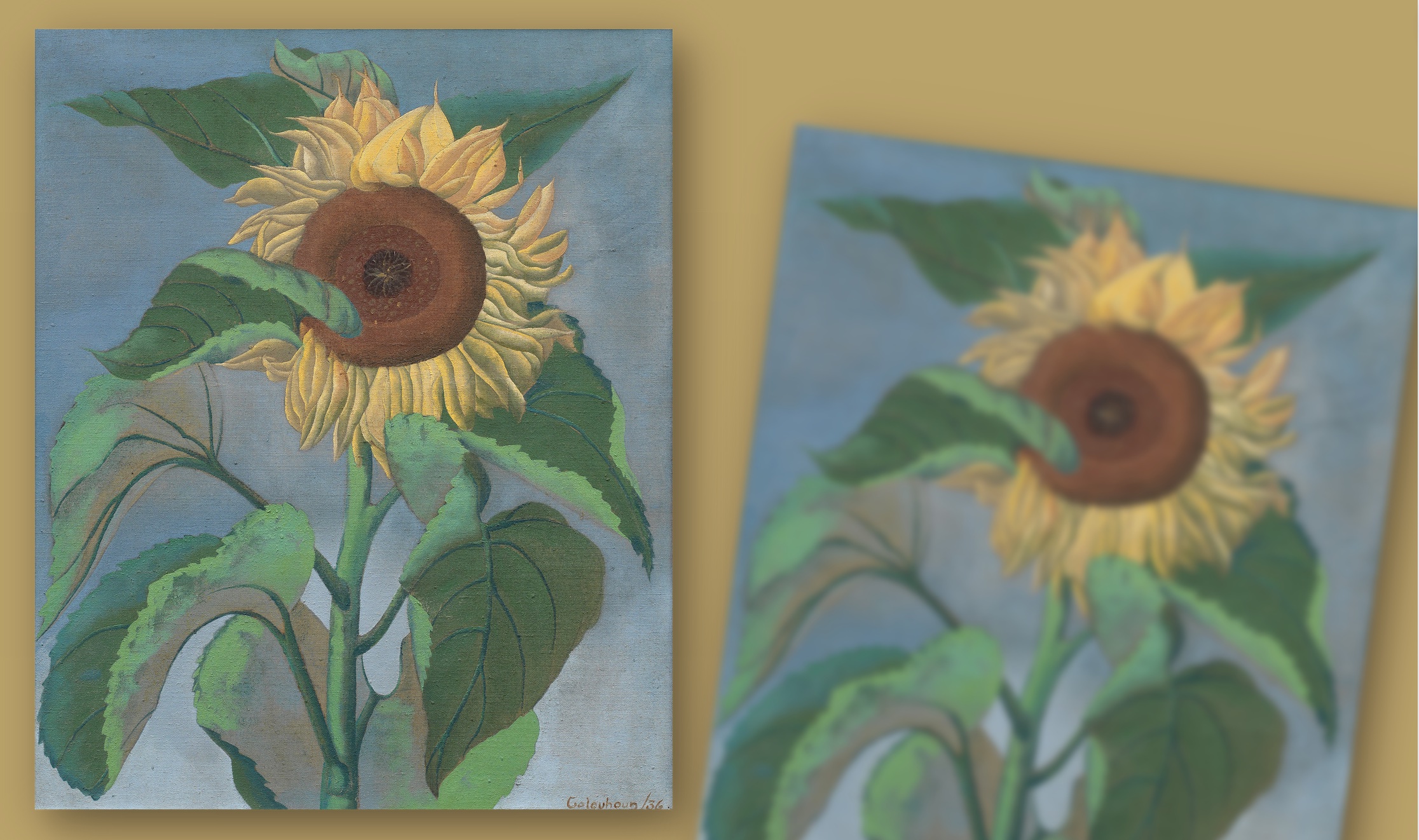#Ithell #Colquhoun #paintings #triumph #sale #Antique #Collecting
 A work by Ithell Colquhoun (1906-1988), who was influenced by Surrealism and the occult, triumphed at Bonhams Blazing A Trail: Modern British Women sale at Bonhams New Bond Street recently.
A work by Ithell Colquhoun (1906-1988), who was influenced by Surrealism and the occult, triumphed at Bonhams Blazing A Trail: Modern British Women sale at Bonhams New Bond Street recently.
Sunflower, from 1936, one of four works by the artist offered in the sale, sold for £79,140, almost four times its pre-sale estimate. The 78-lot sale made £789,774.

Ithell Colquhoun’s other works also achieved high prices with Nativity, painted in 1929, selling for £63,900, over 10 times its pre-sale estimate and Oil on a Wet Road,1963 selling for £28,160, whilst Dryad: Vine from 1971 sold for £4,864.

A world record for Ithell Colquhoun was created at Bonhams last year when her work, Anthurium was sold for £258,699 against an estimate of £8,000-12,000.
Janet Hardie, Bonhams Senior Specialist in Modern British and Irish Art commented: “We are absolutely delighted with this result. A painter, occultist, poet and author, Ithell Colquhoun was a remarkable talent. Sunflower is typical of her flower paintings of this period: each species she chooses fills the picture plane, dominating the space. Flowers and plants often appear in her work and indeed formed the subject of her first solo London exhibition in 1936, Exotic Plant Decorations, in which Sunflower was included. As the results have shown, there is real appetite for her work, with Nativity, an early work from her Slade years, selling for over 10 times its pre-sale estimate.”
The marked increase in bidding activity for Colquhoun in the past few years reflects the wider reappraisal of her work which is also evident in the 2019 announcement of the Tate that they have acquired more than 5,000 sketches, drawings, and commercial artworks by Colquhoun, transferred to it by the National Trust.
Born in Assam, India, Colquhoun came to England at a young age and studied at the Slade School of Fine Art, which was then at the forefront of allowing women the same chance as their male counterparts to develop as artists. However, Colquhoun turned to developments on the Continent for further inspiration, particularly Surrealism and the avant-garde artists who lived and worked in Paris at the time. During a stay in Paris in 1931, she saw paintings by Salvador Dali, from whom she absorbed the meticulous and detailed technique which can be seen in her paintings of flowers, of which Sunflower is a prime example. For Colquhoun, flowers symbolised the cycles of life and death both in nature and in our lives, but also of creativity and fertility, and the spellbinding power of the natural world.
Author and academic, Alyce Mahon, writing in the autumn edition of Bonhams Magazine on the work of Ithell Colquhoun observed, “Poetically entangling magic and the marvellous, occultism and automatic technique, dancing maidens and phallic stones, she not only rejected the confines of her world, but re-enchanted it for future generations.”

Other highlights featured in the September sale included:
- A selection of works by the British painter Winifred Nicholson. View from my bedroom, circa 1960s, sold for £57,550.
- A selection of works by British sculptor, painter, and printmaker, Sophie Ryder. Hare with Dancers in bronze from 1995, sold for £20,480.
- A selection of works by Bloomsbury Group artist, Vanessa Bell (1879-1961). Street in Asolo, painted in 1955 sold for £17,920.
- A selection of works by one of Britain’s most popular artists, Beryl Cook O.B.E. Cocktails for three, painted in 1985 sold for £12,800.
- A selection of works by the Scottish artist Margaret Mellis which span her career from early pieces in the 1930s through to later work in the 1980s, Still Life with Flowers sold for £7,680.
The sale also featured works by many other notable artists including Maggi Hambling, Gwen John, Tracey Emin, Dame Paula Rego, Celia Paul and Frances Mary Hodgkins.




